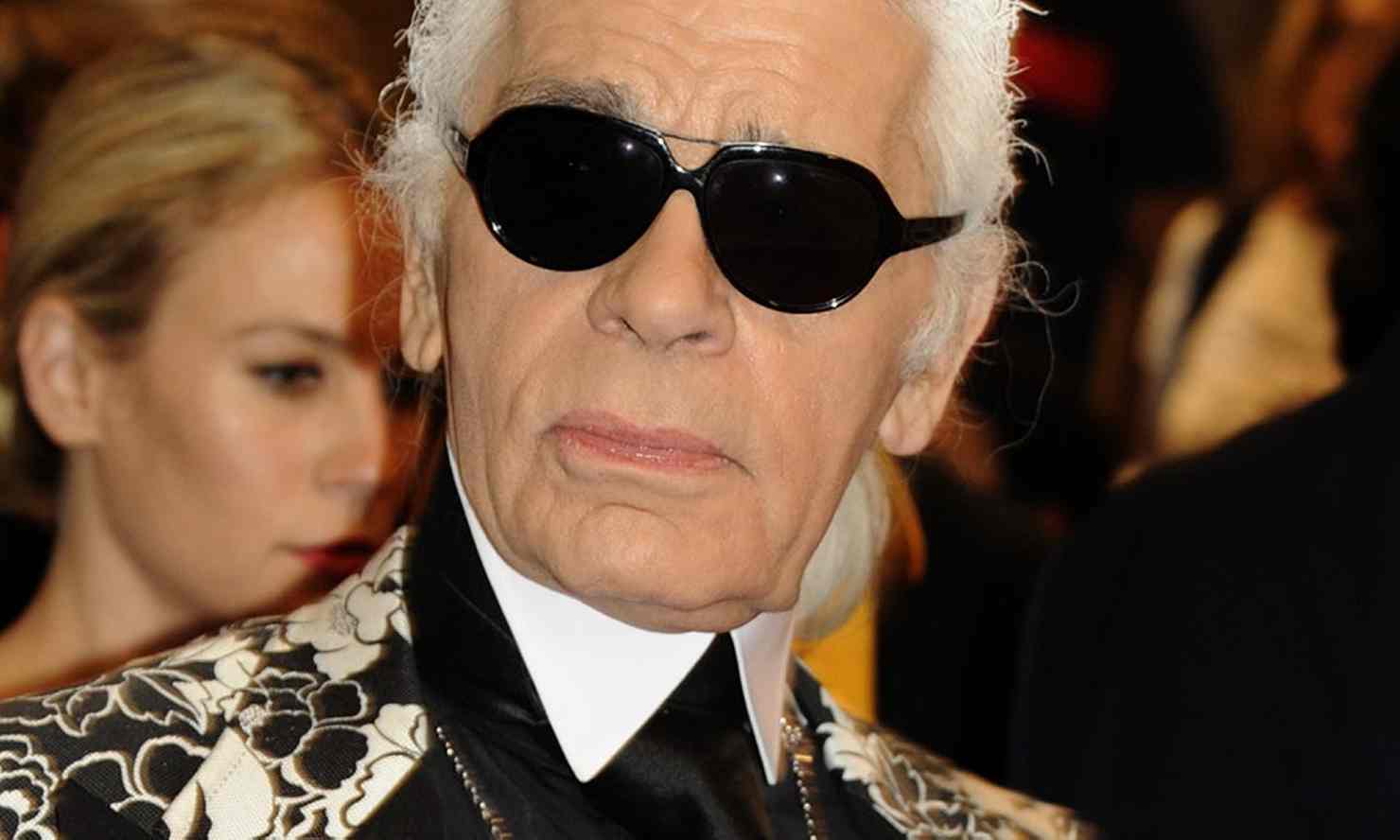
Lagerfeld was not solely a masterful couturier, whose bespoke Chanel robes might simply value $100,000 or extra, however a shape-shifting (in a couple of approach) cultural determine who at all times appeared in a position to seize—and market—the zeitgeist as simply as certainly one of his signature bouclé fits wrapped the our bodies of his runway fashions.
“Greater than anybody I do know he represents the soul of vogue: relentless, forward-thinking, and voraciously attentive to our altering tradition,” famous Vogue editor and longtime Lagerfeld pal Anna Wintour when she offered him the Excellent Achievement Award on the British Vogue Awards in 2015. (Wintour, whose title now graces The Met’s Costume Institute, is the chief content material officer and world editorial director of Vainness Honest’s mother or father firm, Condé Nast.)
And Karl Lagerfeld was nothing if not prolific. On the time of his loss of life, Largerfeld was not solely the artistic director of each Chanel and Fendi, but in addition nonetheless designing for the Karl Lagerfeld model he based in 1984, a yr after he began at Chanel. In his closing years, when his generational friends had both slowed down or handed off their enterprise to protégés, he was creating roughly 14 new collections a yr.
“I want to be a one-man multinational vogue phenomenon,” he was as soon as quoted as saying.
However his work was not confined to the runway. Early on, Lagerfeld noticed the alternatives—each artistic and monetary—exterior the world of pure vogue. In 2004, he was the primary designer to create a collaboration with the fast-fashion large H&M, making a pathway that contemporaries like Stella McCartney, Donatella Versace, and Rei Kawakubo quickly adopted. As WWD famous, “The possibility to purchase $49 blouses and $129 sequined tuxedo jackets from probably the most well-known designers on the planet not solely unleashed retail pandemonium—it had a seismic impact on the complete vogue system: breaking down boundaries between luxurious and mass, democratizing design in a brand new approach, and foreshadowing an period of rampant collaborations, drops, and pop-up ideas.”
And he didn’t cease there. Within the early 2000s, when Lagerfeld determined to shed 92 kilos in 13 months (one motive, he wrote, was to have the ability to match into the fits that the rising-star designer Hedi Slimane was creating for Dior Homme), he turned such of devotee of Weight loss plan Coke, ingesting as much as 10 cans a day—“I drink Weight loss plan Coke from the minute that I rise up to the minute I’m going to mattress,” he advised Harper’s Bazaar—that he designed new cans for the beverage firm.
Lagerfeld additionally introduced a popular culture superstar to his vogue exhibits, peppering the entrance rows of his Chanel couture extravaganzas on the Grand Palais with not simply the socialites and dowagers who might afford his designs however Korean pop stars, indie actresses, notable sports activities stars, and even the occasional four-legged visitor. (One season, I discovered myself sharing the entrance row at Chanel with Cara Delevingne and her canine, Leo.) And in 2016, he was one of many first European designers to embrace the celebs then rising from the world of actuality TV, as he enlisted Gigi and Bella Hadid (who have been beforehand often known as ancillary characters on The Actual Housewives of Beverly Hills) to stroll the couture runway for Chanel.
Lagerfeld was not with out his critics, after all, and appeared to exit of his method to courtroom notoriety with statements that have been decidedly politically incorrect, like referring to Adele as “a little bit too fats” (he later apologized), saying of his pal Andy Warhol, “bodily he was fairly repulsive,” and seeming to dismiss the #MeToo motion in an interview with the journal Numéro in 2018. “When you don’t need your pants pulled about, don’t turn into a mannequin,” he advised the style publication. “Be part of a nunnery, there’ll at all times be a spot for you within the convent.”
“He offended folks proper and left, making as a lot of an artwork out of the reducing apart as the superbly lower double-face robe,” New York Occasions vogue critic Vanessa Friedman wrote in an appraisal after the designer’s loss of life. “He judged,” she added, “and knew he can be judged, however he didn’t care. Reasonably, he embraced it.”
In truth, Karl Lagerfeld appeared to suppose that a few of his extra outlandish statements have been to not be taken at face worth and that most individuals simply weren’t in on the joke.
“I don’t suppose that a lot of the designers have a really fast humorousness,” he advised then Occasions vogue reporter Matthew Schneier in 2015. “They take themselves very severely as a result of they need to be taken as artists. I feel we’re artisans. It’s an utilized artwork. There’s nothing unhealthy about that. If you wish to do artwork, then present it in a gallery.”
And he clearly understood that he had created a public persona that was not precisely tethered to actuality—beginning along with his signature look of a white-powdered ponytail, skinny black denims, and excessive starched collars that have been a sort of vogue efficiency artwork. As was famous within the 2013 ebook, The World In accordance with Karl, a set of his extra notable quotations: “I’m very a lot all the way down to earth. Simply not this earth.”





